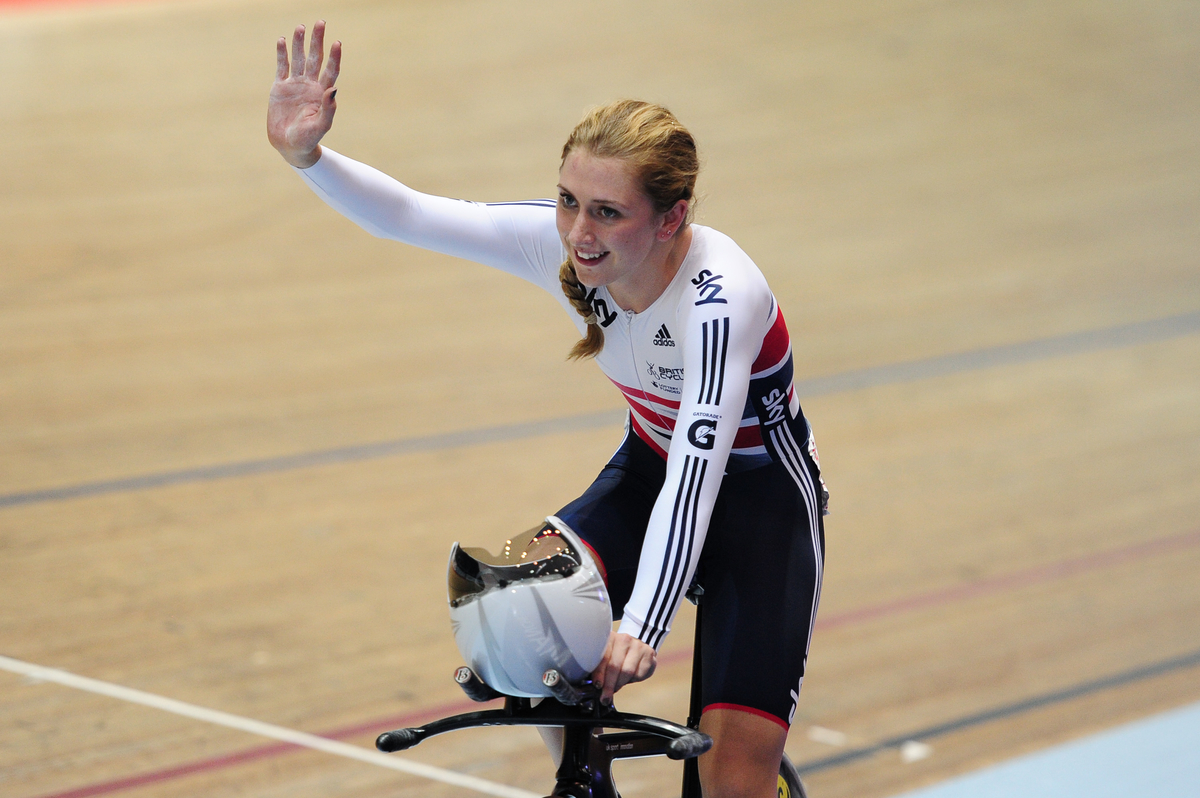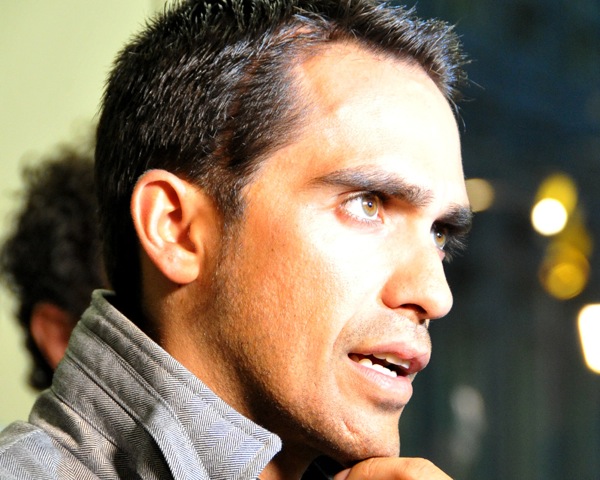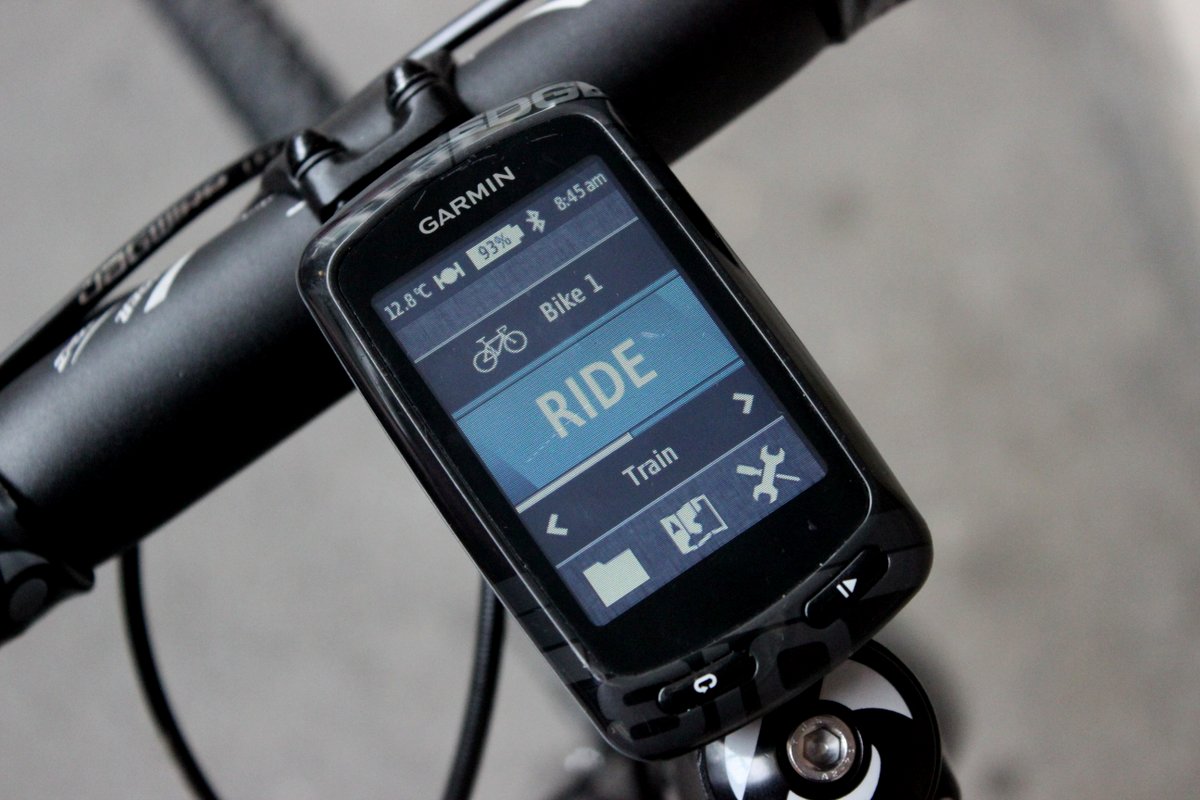Rims
The rims are a 35mm full carbon clincher, using the proprietary “Optimum Compaction, Low Void” (OCLV) construction of Bontrager’s parent company, Trek, and so the same process as that used for the carbon Madone and Domane road bikes. In essence, it means Trek/Bontrager are careful to squeeze out air during the process of laying-up and gluing the fibres, reducing the likelihood of voids or bubbles that might weaken the structure. This leaves them with a strong, light and stiff rim with no rider weight limit – qualities apparent throughout the test period.
Sadly, we have no wind tunnel facility (request still pending with accounts department – Ed) and as such relied on mileage and “feel” to asses the aerodynamic performance of Bontrager’s new-ish D3 rim profile. We didn’t find ourselves short of crosswinds, either.
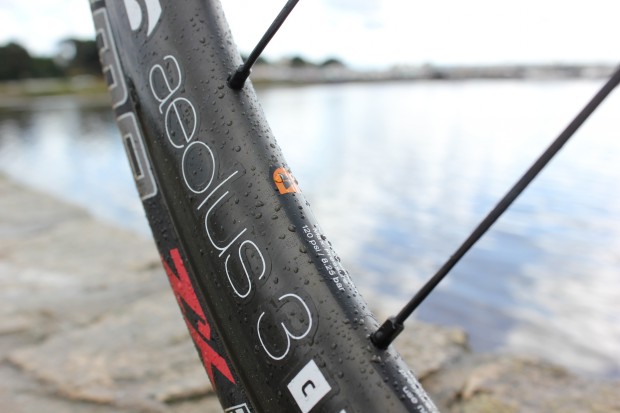
Our test left us with no reason to doubt Bontrager’s claims for the aero efficiency of its revised rim shape (shallower than its predecessor, and wider; not dissimilar in profile to those made by aerodynamicist Simon Smart with Enve Composites). Bontrager say their “dual directional design” profile is the result of studies analyzing performance at the front of the wheel (tyre leads rim) and at the back (rim leads tyre), which confirmed that while the leading edge has the greatest effect on aerodynamic performance, the influence of the trailing edge takes on greater significance in crosswinds.
How much of this was discernible in performance on the road? Bontrager claim greater acceleration for its D3 profile, and this new Aeolus 3 proved superbly efficient in converting rider input to forward motion. On familiar test routes, where long experience has imbued us with a knowledge of the effort required to attain a given speed, we were just plain faster for the same input.
Bontrager also claim better handling characteristics than from rims with deeper profiles, and while the Aeolus 3s were certainly stable, we felt that the width of the rim was significant here, too. The broad 27mm profile (as is the fashion) gave the tyre sidewall a slightly straighter profile, which resulted in less “give” in corners than that suffered by narrower hoops. The result? A confidence-inspiring quality notable in the sharper bends of our test loops. The stiff rim also contributed to a notable lack of flex in the overall set-up during hard sprints and out-of-the-saddle climbing efforts.
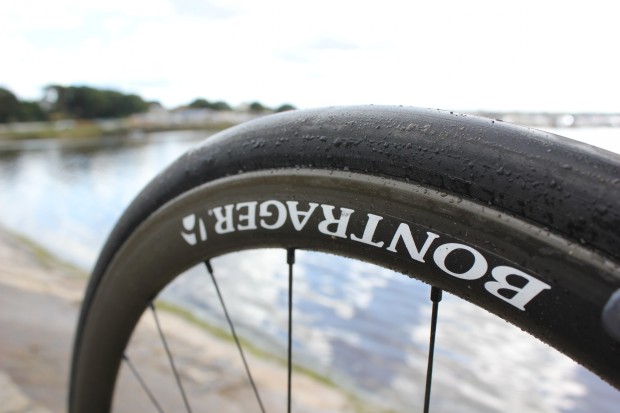
On this last point, we felt that Bontrager’s claims for easier climbing were only partly met by the Aeolus 3. Weight is king when speeds plummet as the road points skywards, and while Bontrager may have shaved grams with its shallower D3 profile, at 1440g, they’re not the lightest on the market (Zipp claim 1380g for their 202 Firecrest, for example), or even of our acquaintance (see the recently tested Spada Stiletto, a conventional box section, aluminium clincher, 104g lighter and £1300 cheaper). Additionally, professional riders race on carbon tubulars, which typically are significantly lighter than clincher wheels of any construction.

